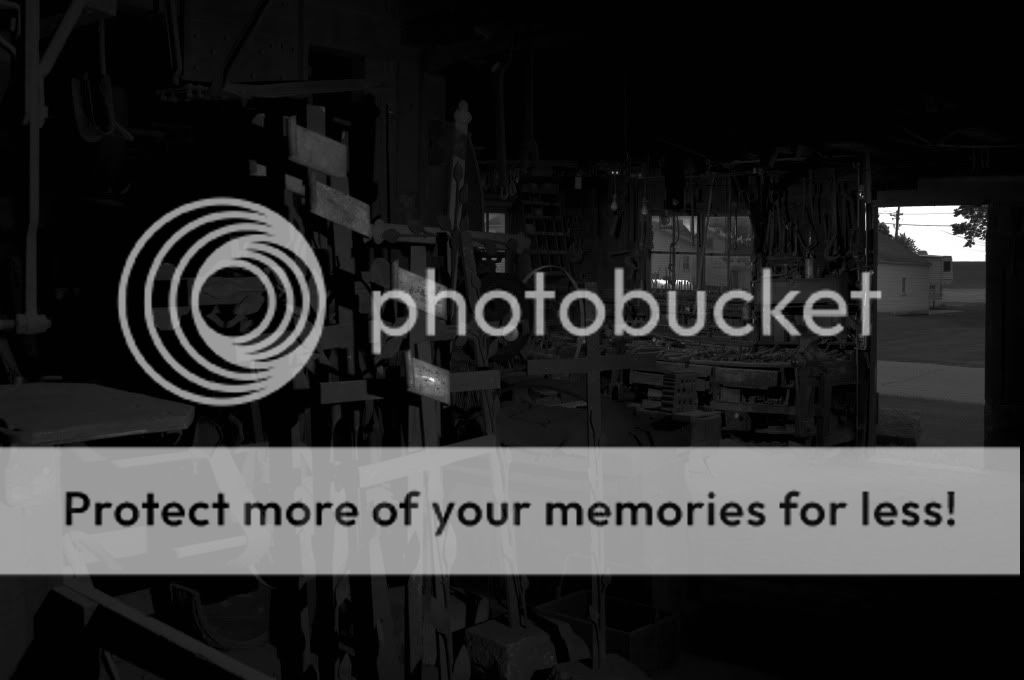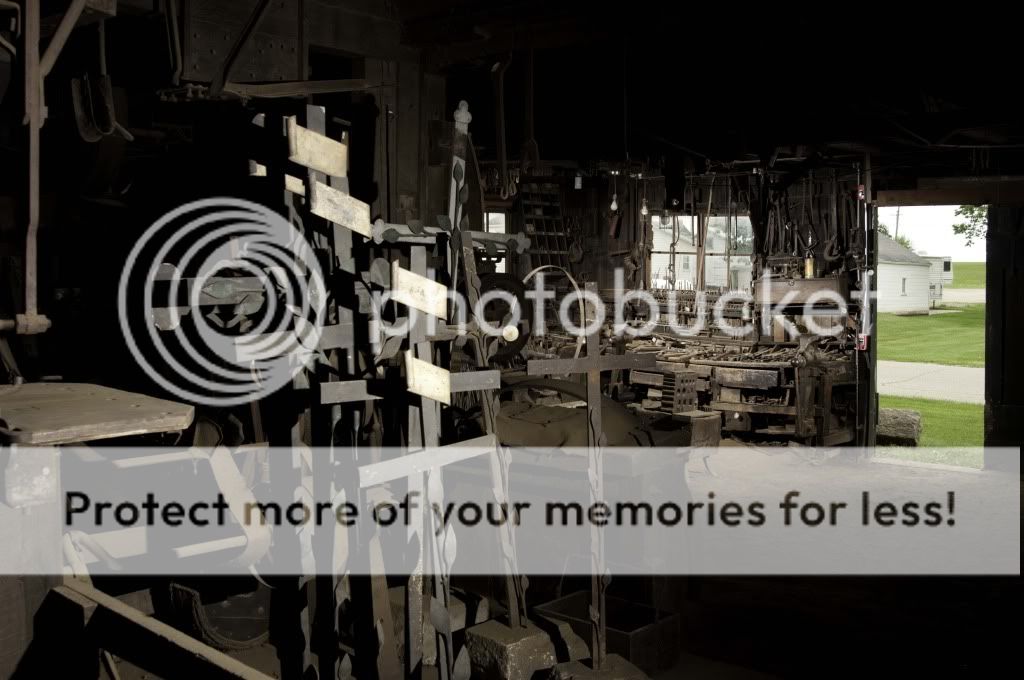Ballistics
Been spending a lot of time on here!
- Joined
- Jun 5, 2011
- Messages
- 3,781
- Reaction score
- 633
http://www.slrlounge.com/raw-vs-jpeg-jpg-the-ultimate-visual-guide
So how do you feel about this article?
So how do you feel about this article?
Follow along with the video below to see how to install our site as a web app on your home screen.

Note: This feature currently requires accessing the site using the built-in Safari browser.
It's generally worthless but at times quite misleading. Given the misinformation we can conclude the author falls into the category; "knows enough to be dangerous." This kind of stuff drives me nuts. Personally I'd just ignore it, but my students keep dragging it into class and I have to keep swatting it down over and over and over. Curse the Internet! Curse Youtube! Curse Fauxtography blogs! Whew -- too much coffee this morning.
Joe
It's generally worthless but at times quite misleading. Given the misinformation we can conclude the author falls into the category; "knows enough to be dangerous." This kind of stuff drives me nuts. Personally I'd just ignore it, but my students keep dragging it into class and I have to keep swatting it down over and over and over. Curse the Internet! Curse Youtube! Curse Fauxtography blogs! Whew -- too much coffee this morning.
Joe
Why do you disagree? I think the greatest part about disagreeing, is the ability for others to learn in the process.
Ysarex said:He begins his "ultimate visual" example with a straight-out-of-camera JPEG which he describes as "good-to-go." It is in fact a DIGIC-IV processed mangle job which suggests he either can't see or really doesn't care or what? Why did he do that? I can't post his photos here, but I took 5 minutes to make a few basic repairs to that JPEG: http://img205.imageshack.us/img205/2756/digic4.jpg
He then goes on to show the readers "what a 'zeroed' RAW file actually looks like straight from the camera." That's simple nonsense and suggests his understanding of how a RAW converter functions is out there in left field. I'm going to make an assumption here that may be wrong, but I'll bet this guy's experience with RAW file conversion is pretty LR exclusive. There really is no "zeroed" RAW file appearance. Every different brand RAW converter has it's own "zeroed" processing of the file and they all look different.
As he continues his descriptions he uses the wrong terminology which really bugs me. His readers aren't going to learn when he talks about added brightness and blacks instead of talking about applying a tone curve to the data. We (photographers) have developed specific terminology over the past 180 years and we've refined it to best advantage to help us understand our discipline. The author here is an undisciplined hack.
Joe
Ysarex said:He begins his "ultimate visual" example with a straight-out-of-camera JPEG which he describes as "good-to-go." It is in fact a DIGIC-IV processed mangle job which suggests he either can't see or really doesn't care or what? Why did he do that? I can't post his photos here, but I took 5 minutes to make a few basic repairs to that JPEG: http://img205.imageshack.us/img205/2756/digic4.jpg
He then goes on to show the readers "what a 'zeroed' RAW file actually looks like straight from the camera." That's simple nonsense and suggests his understanding of how a RAW converter functions is out there in left field. I'm going to make an assumption here that may be wrong, but I'll bet this guy's experience with RAW file conversion is pretty LR exclusive. There really is no "zeroed" RAW file appearance. Every different brand RAW converter has it's own "zeroed" processing of the file and they all look different.
As he continues his descriptions he uses the wrong terminology which really bugs me. His readers aren't going to learn when he talks about added brightness and blacks instead of talking about applying a tone curve to the data. We (photographers) have developed specific terminology over the past 180 years and we've refined it to best advantage to help us understand our discipline. The author here is an undisciplined hack.
Joe
The article, if anything, serves purpose of demonstrating dif b/n raw and jpgs.
Terminology wise - when I was learning quantum physics I learned that all the basic descriptions I learned before weren't very accurate. However, I wouldn't understand the content and advance without that basic terminology.
Granted authors terminology isn't 100% accurate, it's good enough for newcomer who wants to learn the basics.


Ysarex - to be fair I think the article is pitched decently toward the target audience its intended for. It's worded (possibly not the best) very similarly to the general view you'd get if you were to ask on a forum or from an introductory book as to what the differences are between JPEG and RAW.
A more in-depth answer is indeed possible, but for the length of the article and its target audience would be a waste since it would have to cover a lot of ground and details to build the full picture and cover all the facts (not least of which because it would have to also explain most of those facts and details as well in order to build a suitable foundation to give the full answer).
You're just working at a higher level than the article is pitched to.
the article seams OK. I don't see any problem with it.
It says the truth. RAW images have a low contrast to include as many tones as possible. RAW leaves the user create the image he likes instead of tweaking it as the camera thinks it's better, as JPG mode does.
I've been slaying this dragon now for forty years. Every time I chop off a head it grows five more. Just once I would love to teach a photography class to a group of people who have never seen or touched a camera in their lives.
http://www.slrlounge.com/raw-vs-jpeg-jpg-the-ultimate-visual-guide
So how do you feel about this article?